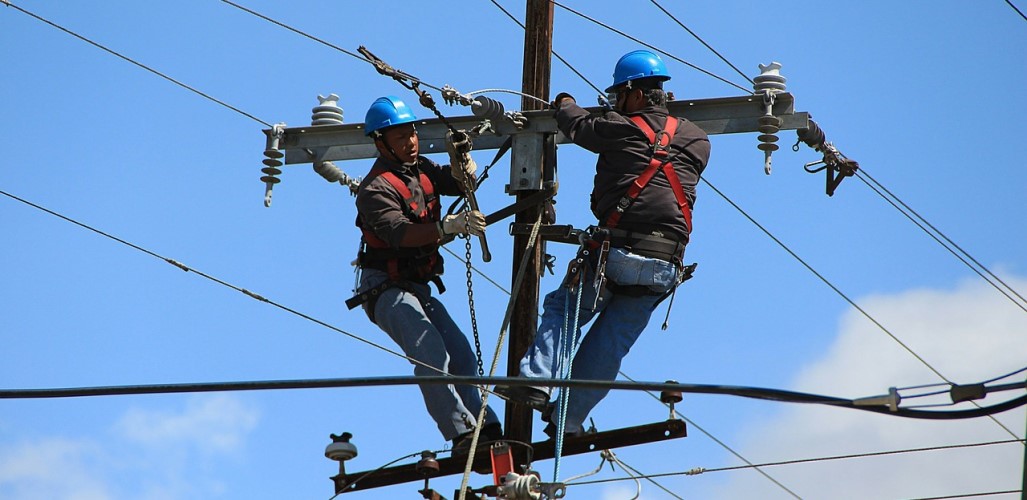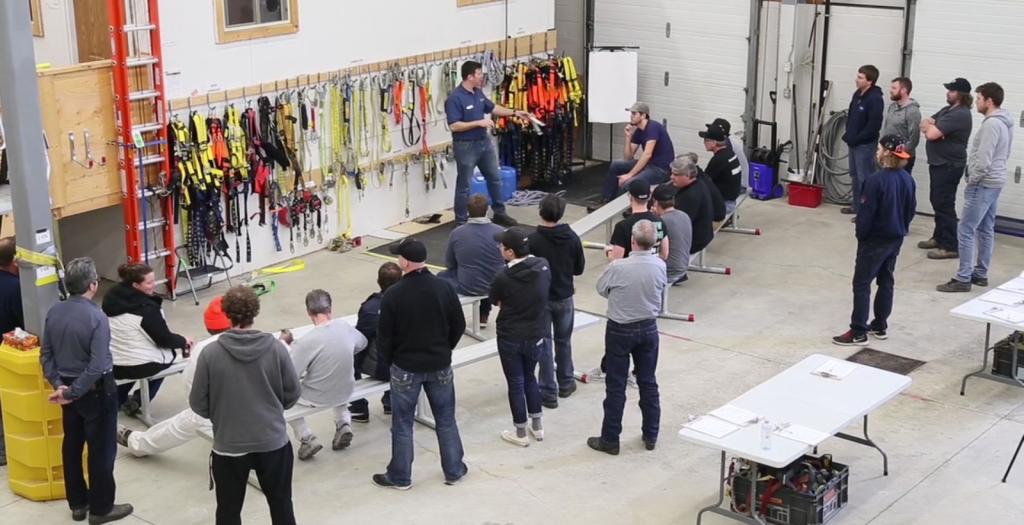
If your job involves working at heights, it’s important you know the risks associated with the task, as well as the safety precautions you should take.
This Working at Heights Quiz is designed to test the knowledge of employees and supervisors working or managing at heights. The quiz incorporates regulations and detailed equipment inspection/usage to test the safety knowledge of professionals working at heights.
Start by reading each question and then record your answer before checking if it’s correct. If you have any doubts or concerns, be sure to reach out to your employer or HR department.
And remember: theoretical knowledge can only take safety awareness and prevention so far. Click here for ACUTE’s proven Working at Heights Certification Course, helping clients get certified in 8 hours and developing the skills and confidence to work at new levels of safety.
Working At Heights Health And Safety Quiz



And that’s it! If you think you need to improve your knowledge, read below to learn about ACUTE’s Working At Heights Training Program!

Working at Heights Training (Required by MLITSD)
ACUTE’s Working at Heights training program has been approved by the Chief Prevention Officer under the Ministry of Labour, Immigration, Training and Skills Development’s Working at Heights Training Program Standard and the Working at Heights Training Provider Standard.
The ACUTE Working at Heights training provides both theoretical and hands-on practical training and evaluation facilitated by highly skilled and competent instructors.
Many workers use EWPs (Elevating Work Platforms) on their job site to access project work at heights. The Construction Projects Regulation requires that “An elevating work platform shall not be moved unless all workers on it are protected from ejection by being attached to an adequate anchorage point on the elevating work platform by a method of fall protection” [O. Reg. 213/91 s. 148 (1) (d)]
The Construction Projects regulation requires all workers who use/wear fall protection to have received Working at Heights training from a CPO-approved training provider. As such, all operators AND passengers on elevating work platforms used on project sites must have Working at Heights training.
Objective: The purpose of a working at heights training program is to:
- Strengthen workplace safety culture – by elevating the profile and importance of preventing falls from heights.
- Knowledge and Safety Practices – provide workers who may be exposed to the hazard of falling with adequate knowledge about fall hazards and general safety practices to work safely at heights.
- Purpose and Use of Equipment – provide workers who use personal fall protection equipment with sufficient knowledge about its purpose and use.
- Incident Reduction – reduce the number of fall-from-height incidents, injuries, and fatalities.
See here for full course details.

Why ACUTE’s Training Stands Above the Rest
Convert theoretical knowledge of working at heights safety to real-world experience. ACUTE’s world-class training offers unparalleled empowerment for employees to work safely and effectively.
Here are just some of the benefits of working with ACUTE:
- Fully Immersive Working at Heights Simulators – ACUTE creates a controlled environment where students can experience firsthand the pressures and risks of working at heights. The ACUTE facility offers an immersive training experience that translates directly to your team’s context, meaning your people get the best training available.
- Open Door Instructor-Student Partnership – ACUTE’s training services emphasize client participation. Staff foster relationships with clients and serve as a touchstone for advice anytime moving forward.
- Serving Your Team and Industry – With a vast array of clients in manufacturing, construction, health, academic, and government sectors, ACUTE brings the best safety practices from across the spectrum to your workplace.
- 200 Years Combined Experience – ACUTE provides comprehensive health and safety training, on-site safety services and consulting services. With over 200 years of combined experience, our company staff offer more than theoretical or abstract ideas. ACUTE offers solutions.
- Track Record of Success – ACUTE is rated 4.9/5 stars on Google reviews, demonstrating a commitment to our clients, quality, and passion for training.
Contact us today for quality training in your workplace or on-site at ACUTE’s proven training facilities!

